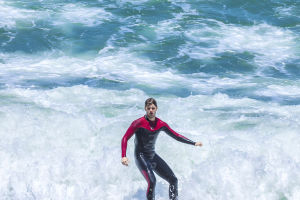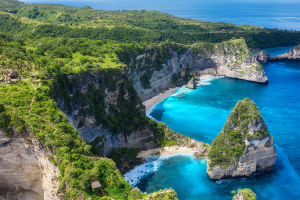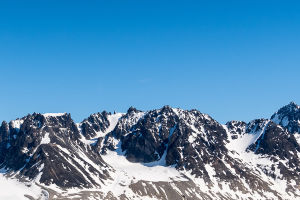Namibia, like many other African countries, has a complex history. The country celebrated its independence on March 21, 1990, and has been a democracy ever since.
However, many towns today are still significantly influenced by their history. For example, Swakopmund's tall buildings, street names, and school system still adhere to the German culture of the coastal towns.
Namibia is located in southwestern Africa, bordered by South Africa to the south and the Atlantic Ocean to the west. It has a land area of 824,269 square kilometers and a coastline of 1,600 kilometers. Namibia is a world full of wonders, with ancient deserts, unique red dunes, psychedelic mirages, and ancient plant fossils. It is also a habitat for elephants, rhinoceroses, lions, giraffes, and other animals.
Here, you can find the world's most ancient plants and explore the mysteries of ancient peoples.
1. Windhoek
Windhoek, the capital of Namibia, is known as the cleanest garden capital in Africa. It boasts a European charm, with rounded arches and a Germanic-style castle with a rich European flavor among the flowers. A trip to Namibia often begins here, taking you to a corner of the world where you can witness Namibia's vastness and beauty.
2. Sossusvlei Red Desert
The oldest red desert on earth was formed tens of millions of years ago. It is home to the highest dunes, the most vibrant desert, and the most haunted valley of death. The towering red dunes change under the sun's rays, displaying a wide range of impactful warm colors, and the soft curves of the parabolic dunes are mesmerizing.
There are no traces of man-made structures; nature's magic work makes people afraid to step forward and spoil this charming picture.
The most famous dune here is Dune 45, which has been featured in National Geographic magazine several times. While walking in the desert, you can also spot oryx, ostriches, and other wild animals. Additionally, Death Valley, located in the middle of the desert, is a suitable place for taking stunning photographs.
3. Skeleton Coast
Between the Namib Desert in Africa and the cold waters of the Atlantic Ocean lies a white desert known as the Skeleton Coast. The Portuguese crew dubbed it as such due to kilometers of desolate beaches filled with the bones of whales and seals washed ashore. Under the sunlight, the coast appears unusually desolate yet full of fantastical beauty. It is said that this is the most remote area in Namibia, and the pristine and desolate area is more likely to offer unique experiences.
4. Bay of Whales
The Bay of Whales features a busy cargo port and stunning seaside scenery. Visitors can see the huge salt flats, take a cruise on a yacht, go out to see the seals, or take a glider or beach bike ride through the desert.
However, the highlight here is seeing the flamingos! The Bay of Whales is home to the largest concentration of seabirds in the whole of Southwest Africa, with more than 50,000 birds and three-quarters of the flamingos in southern Africa inhabiting this shallow area.


